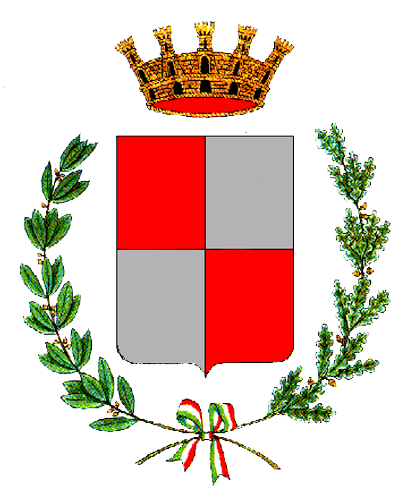HISTORY OF CARAVAGGIO
The first discovered document citing a village named Caravaggio dates back to 962 AD. There are no records of earlier human settlements in the area where the town lies today. Caravaggio is part of the geographic area named Gera D’Adda, a strip of the Lombardy plain lying between the rivers Adda and Serio, which now coincides with 18 municipalities pertaining to the present-day provinces of Bergamo, Cremona, and Milan. In 1182, Caravaggio was the first one among the villages in the Gera D’Adda which was designated as comune, a sort of self-governing community which paved the way for present-day municipality. The villages in Gera D’Adda were under the economic and political jurisdiction of Caravaggio, which had been designated regional capital of that area. It is clear then that the history of Caravaggio is intertwined with the history of the Gera D’Adda.
With the character of a buffer region between the Duchy of Milan and the Venetian Republic, this area passed from one rule to another, subsequently coming under the domination of the Duchy of Milan, the Venetian Republic, Spain, France, and Austria. Many buildings and works of art in our town bear testimony to the long period of multiple dominations. One example is Palazzo Gallavresi, the present-day town hall, which was the seat of the town administration and the Marchioness Palace in the past.
On 26 May 1432, the Virgin Mary reportedly appeared to a peasant woman in the fields of Caravaggio. This was the place where the Sanctuary of Santa Maria del Fonte, also known as Sanctuary of Our Lady of Caravaggio, was built. Over time, it became one of the most important worship places dedicated to the Virgin Mary in northern Italy. The name Caravaggio later became known outside Italy, as the veneration of Our Lady of Caravaggio spread to other countries in the world, especially to South America, Africa and Australia where religious communities came into being and worship places for Our Lady of Caravaggio were built.
Over a century after the apparition of the Virgin Mary, a Caravaggio-based noblewoman, Lucia Aratori, who had discovered her son’s superior talent in painting, sent him to Milan, where he trained under the painter Simone Peterzano. Her son was Michelangelo Merisi, the exceptionally gifted Baroque painter who blessed the world with his outstanding paintings and made the name Caravaggio known all over the world by using it in his signature.
In September 1954, Caravaggio received its coat of arms with a Royal Decree. The shield in the coat of arms is divided by a black line into four quarters, two red and two silver, and it is topped with a mural crown and surrounded by one laurel twig and one oak twig, tied together with a ribbon with the colours of Italy which stand for the city itself.
In 1954 Caravaggio was declared a City (città) with a Decree by the President of the Italian Republic Luigi Einaudi, due to its historic importance.
It is ranked the seventh-most populous city and the tenth-largest city out of 243 municipalities in the province of Bergamo. The area where Caravaggio lies is mostly rural, with the built-up area extending around the historic centre and along the main roads. Its two frazioni (territorial subdivisions), Vidalengo and Masano, lie a few kilometres away.

